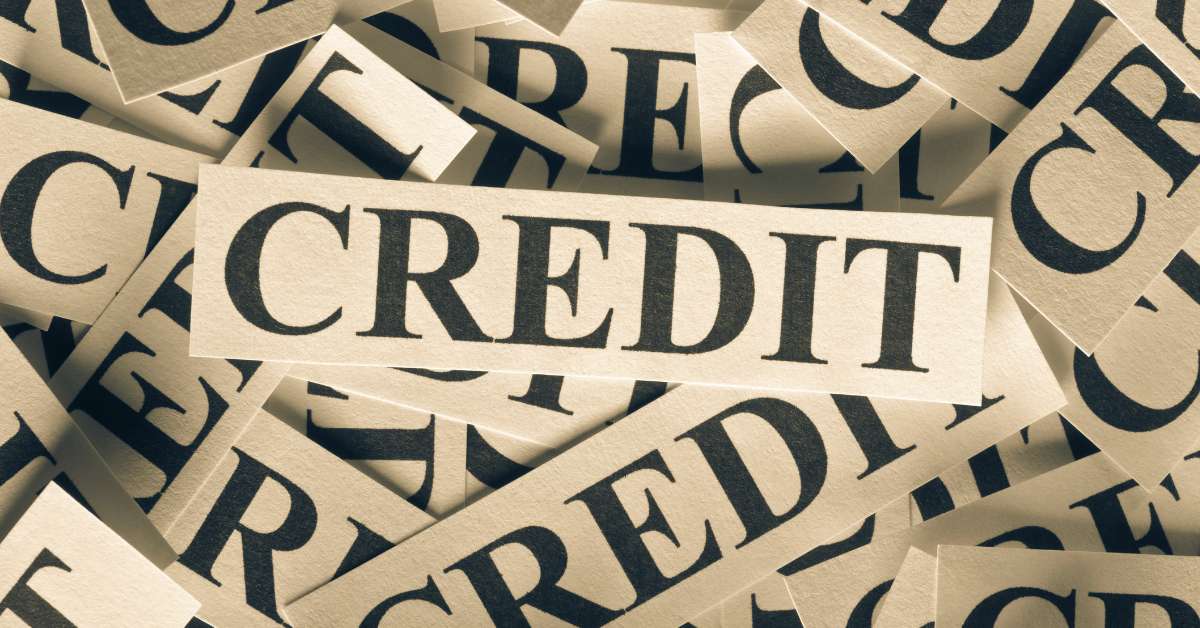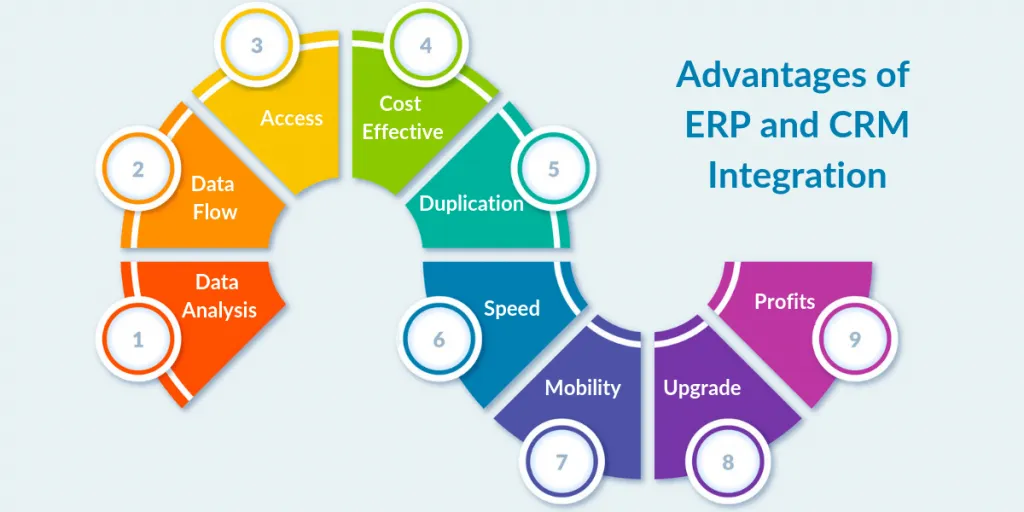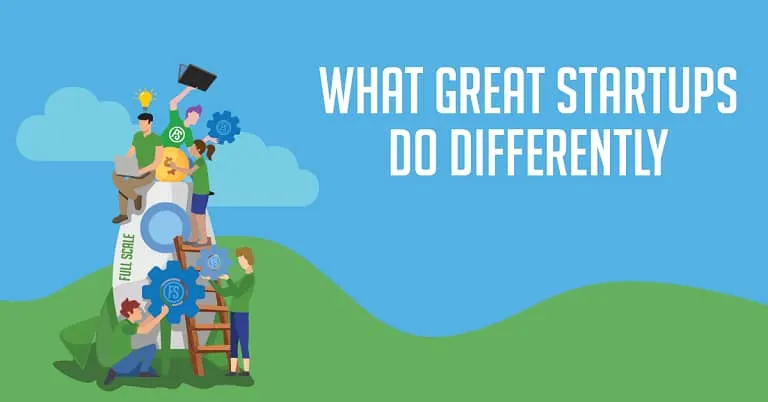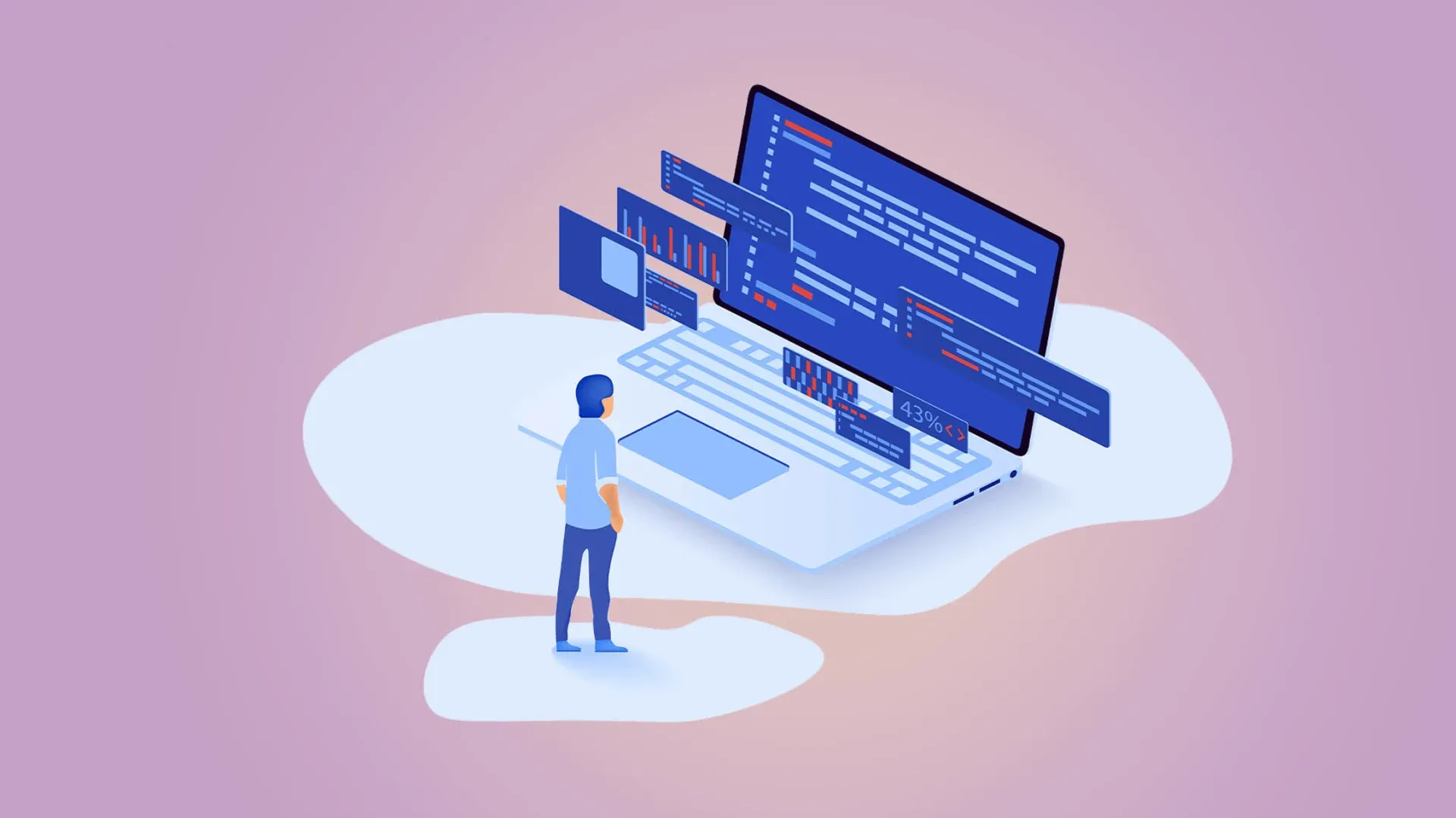Instead of getting a single sum payment, like with a small business loan, a corporate personal credit line is a convenient method to obtain money as required. Business credit lines can assist you with inventory purchases, cash flow management, and unforeseen expenses. Better still, you only pay interest on the amount you actually use—not the entire authorized credit limit. Although the application procedure differs depending on the particular loan source, you can obtain a corporate credit line by following these general guidelines.
What does an ongoing business line of credit actually entail?
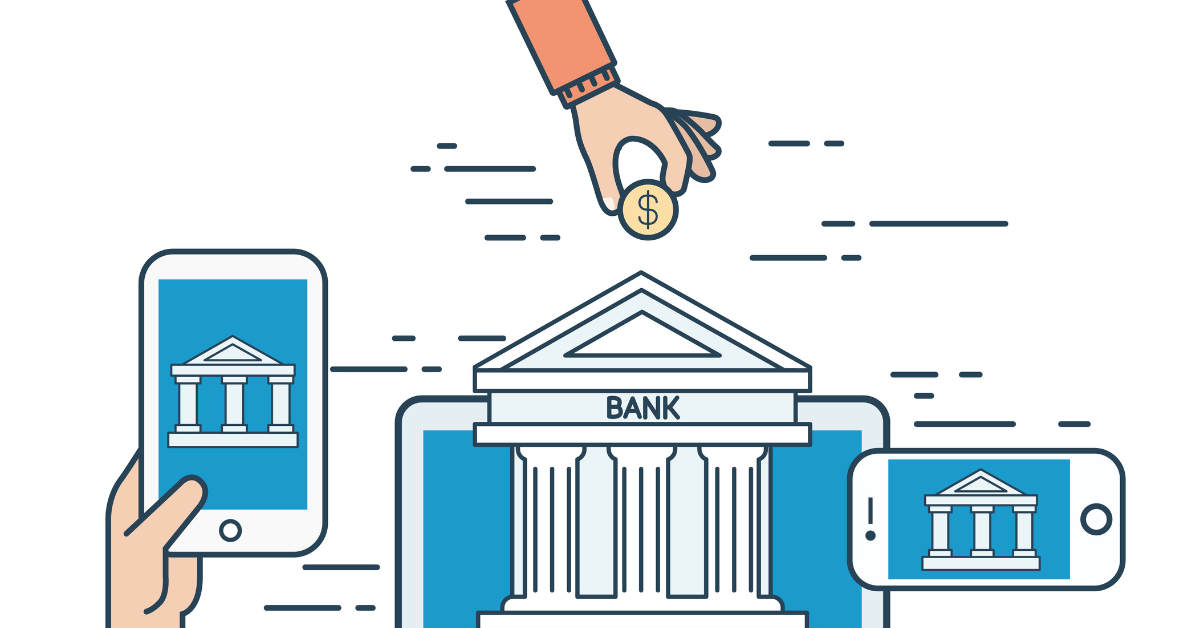
A small business line of credit functions similarly to a revolving credit card in that it lets you take out payments as needed, rather than being paid back in one single sum as is usually the case with loans. For controlling cash flow and continuing needs, a small company personal credit line can be the ideal option. You can draw from it up to a specified amount.
With this kind of credit, interest is only charged on the money you actually withdraw from your personal line of credit; any remaining credit does not accumulate interest. Like a business loan, a business credit type can be either unsecured or collaterally secured.
A typical credit business has a draw period that can last one to five years. During that time, you can withdraw funds from your personal credit line. After the draw period is over, you enter payment mode, where you repay principal and interest. The cost of the debt can change because many credit cards have variable interest rates.
What Is the Performance of an Ongoing Business Line of Credit?

Small business lenders may set up business credit lines in a variety of ways, but typically, there was a draw period and a payback term. You can borrow money from the line of credit up to the specified amount throughout the draw period, which usually lasts two to five years.
Throughout the draw term, interest is accrued on the money you borrow. If you don't take out any loans, you could still have to pay a charge to keep the credit line active. However, you won't pay any interest. If you choose not to refund the money you borrowed during the draw time, you will have to start paying it back once the draw period has ended. Repayment starts then, and you won't be able to take out any more loans against this credit line. Like a continuous business loan, you will pay back the loan in installments before you've paid back the entire amount borrowed. For the duration of the line of credit, interest rates on a continuous business credit type are subject to vary because they are often adjustable.
5 steps to get a line of credit for ongoing business expenses

1. Determine the amount of funding that you
You'll require You must decide how much credit you will need when you get a company line of credit. Depending on the banking institution, available loan amounts range from $2,000 to $250,000. It's okay to ask for a higher limit than you'll probably need, so long as you don't become greedy and invest more than you can afford because you only pay interest on the amount you use and don't spend interest on the entire amount.
If you need access to extra money after receiving your first credit line, you can ask for an increase in your line of credit. The financial institution may grant this request or need collateral—any valuable item that it may seize if you don't return it—to secure the corresponding line of credit, depending on your company's revenue and credit standing.
2. Check Your Identity
While various lenders take into account a variety of criteria, some are more important than others, such as:
- credit history. Your credit history shows how likely it is that you will default. Although the majority of lenders need a personal credit score of about 680, others only accept scores between 580 and 600. That being said, your chances of getting a lower interest rate or a greater loan amount are better the higher your score goes.
- revenue for the firm. Many lenders have a monthly minimum revenue requirement, either for companies or for individuals. This might range from $10,000 every thirty days to $250,000 annually, depending on the particular lender. Comparing online lenders to traditional banks, the former usually have stricter revenue requirements.
- Spending time with a corporation. While some internet lenders simply need six months of operation, the majority of banks require that the firm has been in existence for one to two years. Lenders view businesses with longer histories as more stable, which might result in reduced financing rates for you.
3. Examine and contrast lenders
Once you are aware of the type of finance you require and your eligibility, it's time to look into lenders who fit that profile. Make careful to evaluate APR ranges, minimum criteria, payback periods, and optimal credit constraints offered by various lenders.
You may apply to a variety of organizations through the following:
- both credit unions and banks. The greatest business owners are usually those with long business histories, strong credit ratings, and significant yearly income when it comes to traditional lenders like banks and credit unions. It's possible that financing from these organizations aren't available to new groups.
- online money providers. For company owners with smaller revenue, credit scores, or business history, online loan providers are a good fit. Due to the fact that internet lenders frequently accept riskier applicants, their interest rates may be higher than those of banks and credit unions.
4. Gather the Required Documents
Once you've identified your ideal lender, it's time to gather the necessary paperwork in order to get ready for the formal application procedure. This frequently consists of the following:
- Personal and company income tax returns
• Business licenses
• Articles of incorporation
• Personal and company bank statements
• Profit and loss statements
• Financial statements
• Business plan
• Building lease
5. Send in Your Application
Finally, send in your application, either in person or online. The time it takes to receive a decision can range from a few days to as little as five minutes, depending on the lender. After examining your application, your loan provider may additionally want you to provide further documentation.
Typical data that your lender could ask for is:
- Your name
- Business name
- Social Security quantity (SSN)
- Dsired loan amount
- Loan purpose
- Business Tax ID
- Annual revenue
A lender will provide you with a loan contract to sign after your loan is authorized before granting you access to a line of credit.
